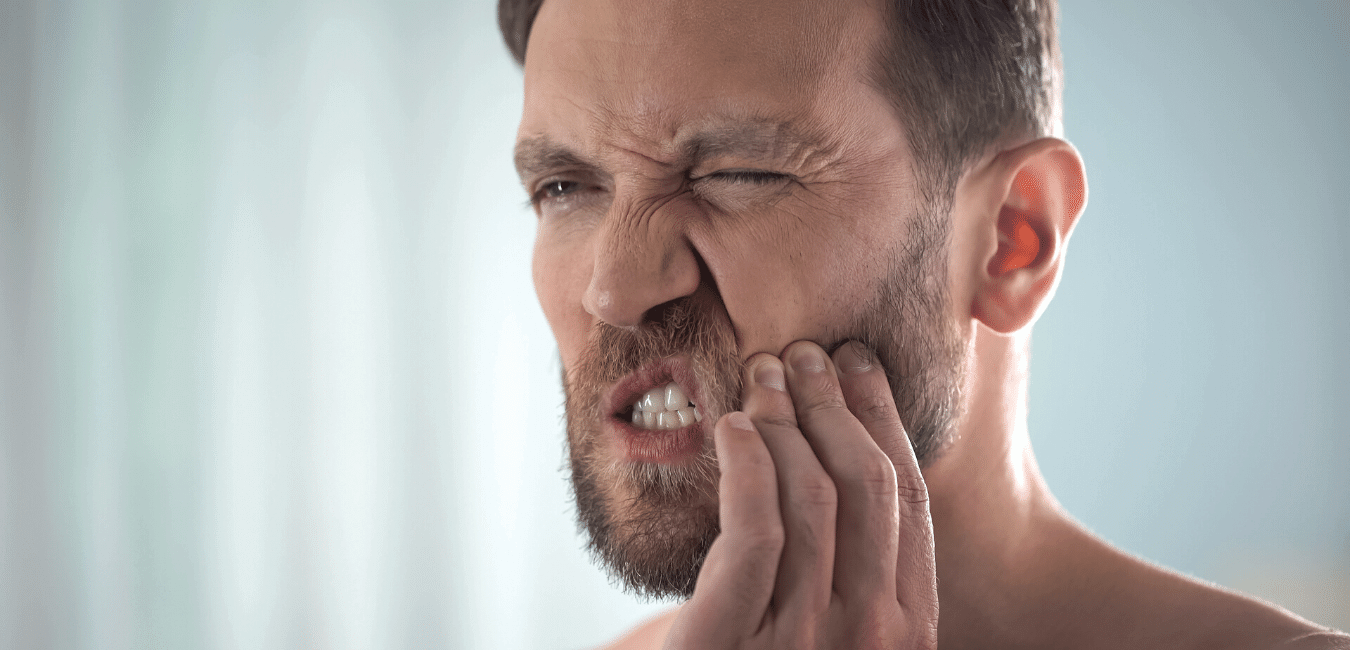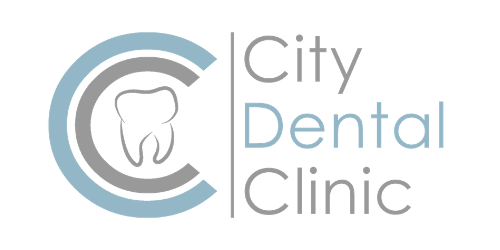Dead tooth: Causes, symptoms and treatment possibilities

Most of you will go through life without experiencing a dead tooth. For the unfortunate few, it can be a painful experience, coupled with the possibility of having a discoloured tooth. An early trip to the dentist can help save the tooth and relieve the associated pain.
What is a Dead Tooth?
Our teeth are living parts of our body. They are made up of three components, enamel, dentin and pulp. It’s the pulp in our teeth that houses the nerves and blood vessels. A dead tooth, or a non-vital tooth as it’s sometimes called, is the name given to a tooth which no longer receives any blood flow to it. This is caused by damage to the nerves or death of the nerves, which in turn prevents the blood from flowing to the tooth, thus causing it to die.
What are Signs of a Dead Tooth?
Typical symptoms of a dead tooth include:
- A tooth starting to change colour from white or off white to light grey, yellow, pale brown or black
- The colour change will get darker over time as the nerves die and the tooth decays
- Some people experience intense pain as the nerves die, other feel no pain at all
- Sensitivity to hot, cold or sweet foods
- Sensitivity experienced when flossing
- Pain when biting or chewing on the affected tooth
- Halitosis – bad breath
- A constant foul taste in your mouth
- Swelling of the gums around the dead tooth
- Bacterial infection that may lead to an abscess
- An abscess will manifest itself as a pimple on the gum
What are the Typical Causes of a Dead Tooth?
One of the most common causes of a dead tooth is injury or trauma, such as falling and hitting your mouth on a hard object, being hit in the mouth with a cricket ball or a studded boot during a rugby match. Certainly, using a custom fitted mouth guard when playing contact sports can help prevent a sporting accident which leads to a dead tooth.
It’s highly likely that you won’t notice a tooth has been cracked after an injury until you start experiencing pain or the affected tooth becomes discoloured. Even a small crack can allow mouth bacteria to find it way into the tooth pulp and down to the nerves, possibly causing them to become infected and die.
Trauma can also cause burst blood vessels which immediately reduce or cut off the blood supply to the tooth’s pulp. This results in the tooth not receiving the nutrients and oxygen required to keep it healthy. Another typical cause of a dead tooth is tooth decay caused by poor dental hygiene. If the decay has travelled deep down into the tooth, mouth bacteria will enter the tooth pulp and the nerves, again possibly causing the nerves to become infected and consequently die. A final cause of a dead tooth is grinding your teeth.
Diagnosis: How Can a Dentist Tell if a Tooth is Dead?
If you are experiencing any of the above symptoms, then make an appointment with your dentist. If your tooth is obviously discoloured, your dentist will be able to make an immediate diagnosis. If not, an X-ray will identify any damage to the tooth pulp and nerves, and your dentist will suggest appropriate treatment.
Treatment Options for a Dead Tooth
It’s vital that a dead tooth is treated as soon as it’s detected, as ignoring the problem can cause bacteria to spread from the affected tooth and cause further tooth decay in teeth within close proximity. It can also cause damage to the jawbone and gums.
There are two options for treating a dead tooth:
1) Root canal
2) Extraction
With a root canal, all the pulp, nerves and infected tissue are removed, and the cavity is thoroughly cleaned before filling with a bio compatible material. The tooth is then sealed to prevent any reinfection.
It’s quite common to have a crown fitted following a root canal, especially if the dead tooth had a large filling or the enamel was badly damaged. Crowns are always recommended for molars, as this is where we generally chew our food, and teeth that have had root canals tend to become brittle after a while and may therefore crack or chip.
If a crown isn’t needed, then your dentist will possibly recommend using a porcelain veneer which will be matched the colour of your other teeth. This is a particularly good solution for teeth at the front of your mouth. If the tooth is too badly damaged, then they may be no alternative but to extract it. After the tooth is extracted it can be replaced with a bridge, an implant or a denture.
How to Prevent a Dead Tooth in the First Place?
There are many ways to prevent a dead tooth:
- Practice excellent oral hygiene – brush at least twice a day and floss once a day
- Visit your dentist every six months so he/she can detect problems before they become major issues
- If you’re participating in contact sports, always wear a mouth guard. Ideally, get your dentist to make a custom fitted guard.
- Eat healthily, steering clear of food and drinks that are high in sugar
- Drink lots of water to naturally rinse your mouth after you’ve eaten. It’s a simple way to wash bacteria away.
- If you’ve sustained any injury which you feel may lead to a dead tooth, visit your dentist immediately
